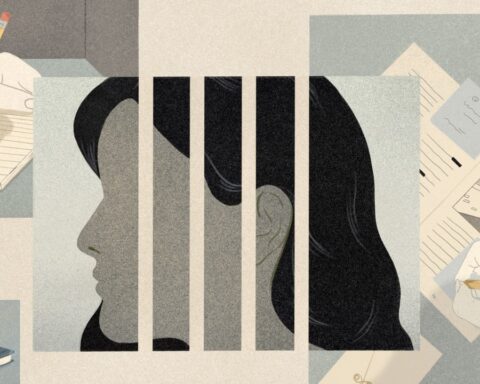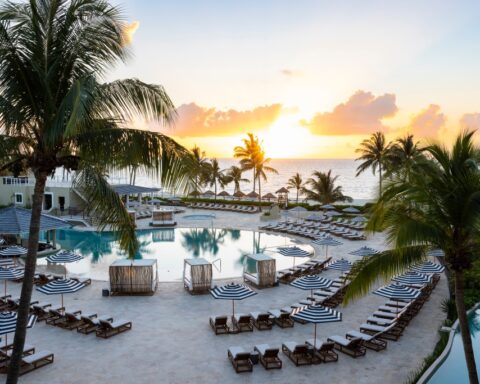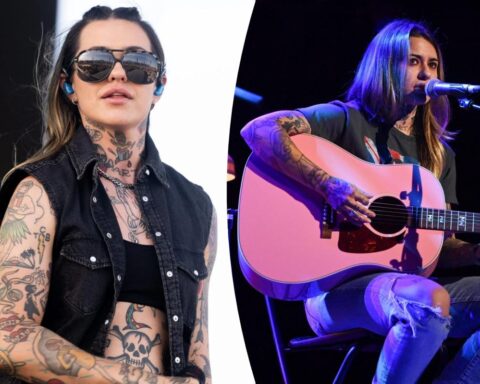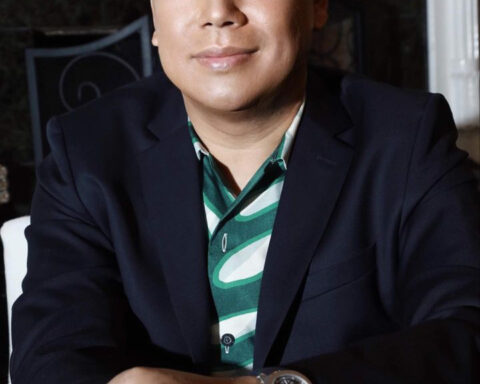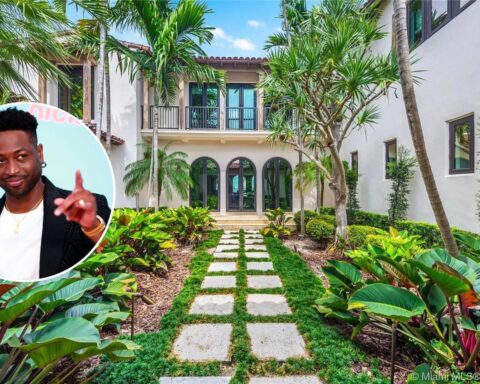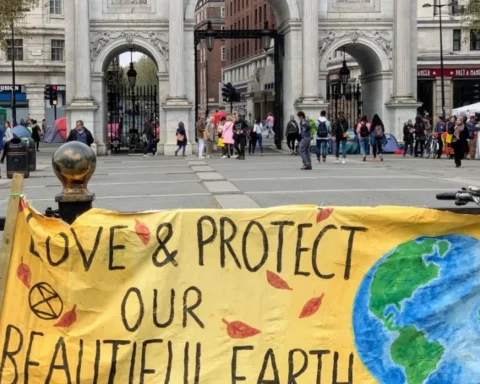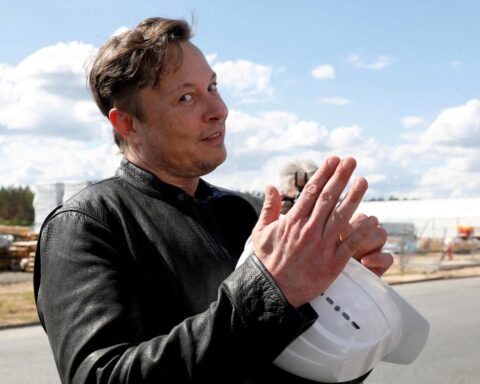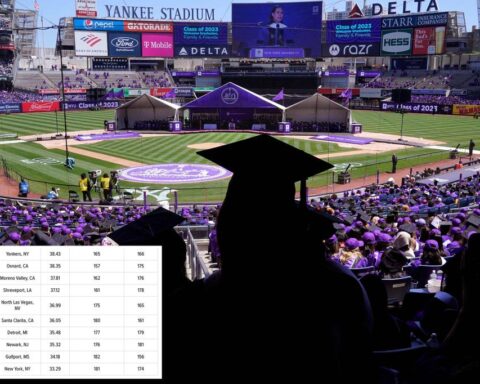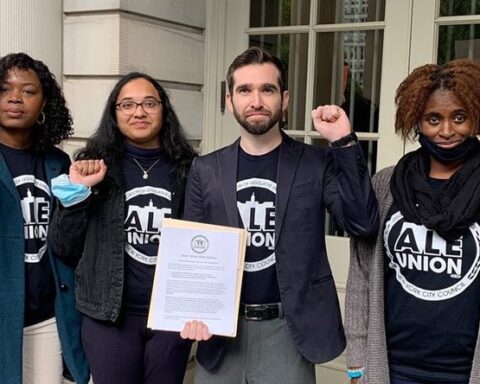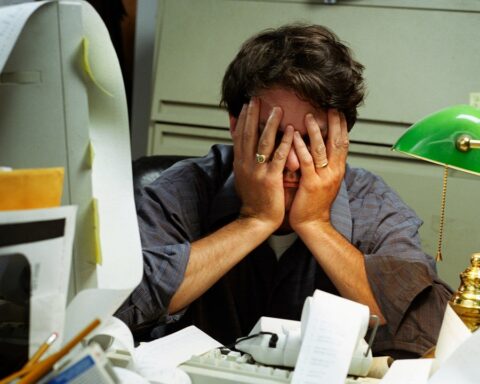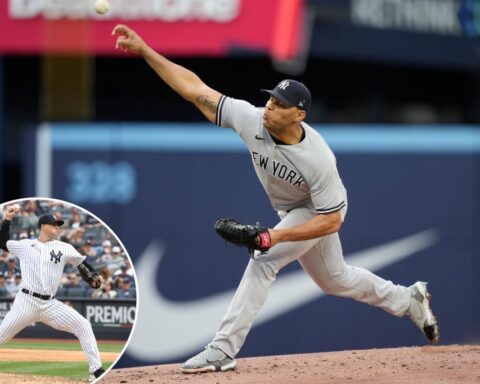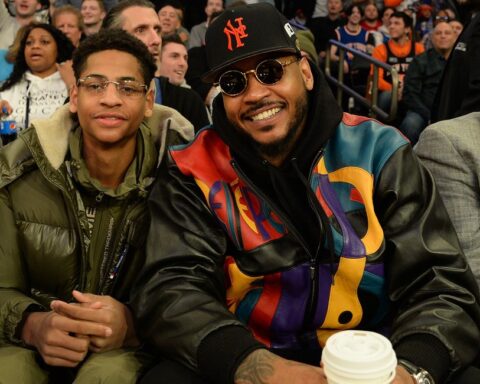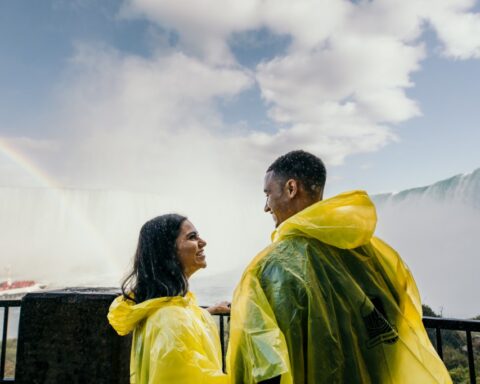The MTA is looking to increase the subway, bus and commuter railroad fares for the first time in four years, reestablishing the predictable pattern of biennial fare increases.
At Monday’s MTA committee meetings, the agency unveiled its latest fare and toll increase proposals. The cost of a single subway or bus trip would go from $2.75 to $2.90, which would be a 5% increase.
After reviewing its ridership data, the MTA found that low income commuters are still choosing the seven-day and 30-day unlimited MetroCard trips at a higher rate than buying single trips. So, the MTA said it would increase those fares, but at a lower percentage than the single ride.
A 30-day unlimited will go from $127 to $132, and the seven-day unlimited will go up by a buck to $34, under the plan. The commuter railroads would see fares go up about 4%.
Commuter Carlos Marin from Brooklyn has lived in the city for 25 years and takes the subway everyday. Marin said there should be an even greater police presence and more security in the subways if the MTA wants to raise costs now.
“If they’re going to increase the fare, but they’re going to start taking more care of the subway in the sense of security and clean it up…then I can be on board with the increase,” he said.
During the pandemic, as the MTA was suffering from low ridership it halted the biennial fare and toll increases that began in 2010. Last year, when the MTA passed its budget for the current year, it included an anticipated 5.5% overall fare and toll increase to balance a budget still suffering from reduced ridership.
On Monday, MTA Deputy Chief Financial Officer Jai Patel said restoring the regular fare and toll increases will help commuters and the transit agency plan for the future.
“It helps address our expenditure growth and it also gives us a little predictability in our fare and toll revenue,” Patel said.
Tolls on the bridges and tunnels however have continued to increase every other year. In 2021 they increased by 7%.
Under the latest proposal they’d increase by either 6% or 7% depending on which scenario the MTA chooses. Currently, the cost of crossing the RFK, Bronx-Whitestone, Throgs Neck, Verrazzano-Narrows bridges and the Hugh Carey and Queens Midtown tunnels is $6.55 with an E-ZPass. It could increase to either $7.01 or $6.96.
The MTA will hold six public hearings at its headquarters, which will also stream over Zoom. The MTA board is expected to vote on the fare and toll increases in July, with the changes going into effect, “no later than Labor Day,” according to the MTA.
Transit advocates are using the announcement to continue to call on the mayor to make mass transit more affordable.
“Mayor Eric Adams should cut subway and bus fares in half for the million New Yorkers who can least afford the hike in his budget due next month,” Danny Pearlstein, with the group Riders Alliance, wrote in an email. “By expanding eligibility for the City’s Fair Fares program to struggling New Yorkers at 200% of the federal poverty line, Mayor Adams can save almost $1,600 for families earning up to $60,000. Expanding Fair Fares now would mean that low-income New Yorkers would never even feel the sting of a fare hike that takes effect on Labor Day.”
As part of the city’s budget negotiations the City Council is hoping to do just that– increase funding and eligibility. The city’s budget is due at the end of June.
Justin Diangelo, 24, has lived in Weehawken, N.J. for the last two years and commutes to the city. He understands the need to bring back the increases, but wants to see better incentives from the MTA.
“I think it’s a little ridiculous but it takes money to make money, and they need to make more money to make more improvements so it’s understandable,” Diangelo said. “For people who ride it every day, they should do some sort of discount.”
Elizabeth Shwe contributed reporting.
